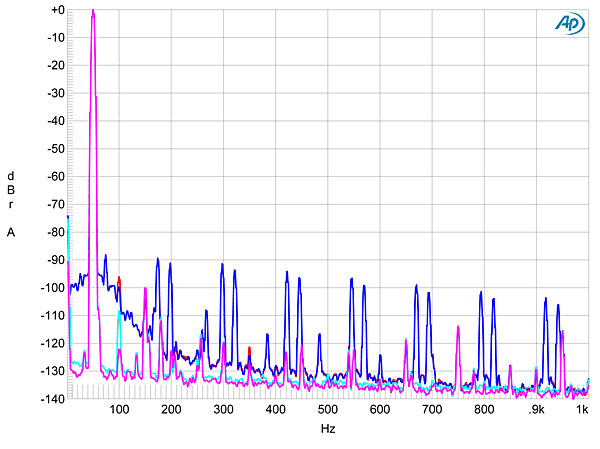| Columns Retired Columns & Blogs |
... (Normally, a CD player constantly varies its speed, from 200rpm at the innermost data spiral to 500rpm at the outermost data spiral, in order to provide the DAC with a steady datastream.)...
I think this is wrong. The truth is exactly the opposite.
The first track on a cd is in the inner spiral and the last one in the outermost, so the cd spins at higher rpm on the 1st track and reduces speed as the time elapses and the laser moves away from the center.
The angular velocity is going down so that the linear velocity remains constant (at any point on the disc the laser reads, any given moment)









































